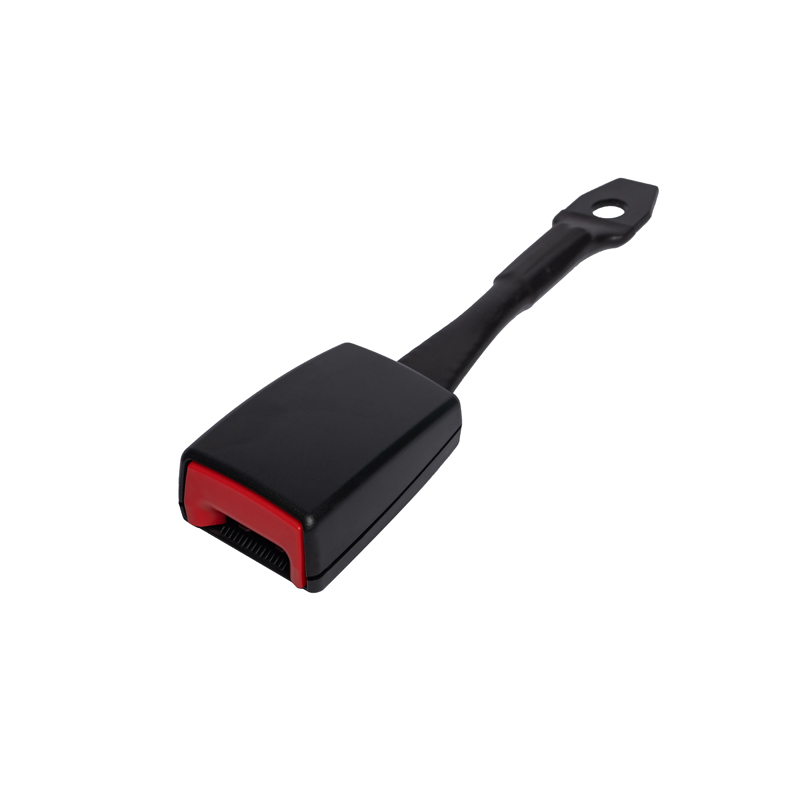
- English
- Español
- Português
- русский
- Français
- 日本語
- Deutsch
- tiếng Việt
- Italiano
- Nederlands
- ภาษาไทย
- Polski
- 한국어
- Svenska
- magyar
- Malay
- বাংলা ভাষার
- Dansk
- Suomi
- हिन्दी
- Pilipino
- Türkçe
- Gaeilge
- العربية
- Indonesia
- Norsk
- تمل
- český
- ελληνικά
- український
- Javanese
- فارسی
- தமிழ்
- తెలుగు
- नेपाली
- Burmese
- български
- ລາວ
- Latine
- Қазақша
- Euskal
- Azərbaycan
- Slovenský jazyk
- Македонски
- Lietuvos
- Eesti Keel
- Română
- Slovenski
- मराठी
- Srpski језик
What are the characteristics of Car Seat Belt Parts?
2025-05-21
Car seat belts are designed to keep passengers safe during car rides, and understanding the key characteristics of their parts is essential for ensuring optimal performance and safety on the road.
1. Material Quality:
One of the most crucial characteristics of car seat belt parts is the quality of materials used in their construction. High-grade materials like polyester, nylon, and steel are commonly employed to ensure durability and strength. These materials are chosen for their ability to withstand high impact forces and provide reliable protection in case of accidents.
2. Adjustability:
Another important feature of car seat belt parts is adjustability. Seat belts come in various sizes and designs to accommodate passengers of different heights and body types. Adjustability allows for a customized fit, ensuring that the seat belt can be properly positioned across the chest and lap for maximum safety.
3. Buckle Mechanism:
The buckle mechanism is a critical component of the seat belt, responsible for securing it in place. Quick-release buckles are commonly used in modern seat belt designs for easy fastening and unfastening. The buckle mechanism should be sturdy and reliable, ensuring that the seat belt stays securely fastened during the journey.
4. Tensioning System:
Car seat belts often come equipped with a tensioning system that automatically tightens the belt upon impact. This feature minimizes slack in the belt, reducing the risk of passenger movement during sudden stops or collisions. A well-designed tensioning system can significantly enhance the effectiveness of the seat belt in protecting passengers.
5. Indicator Light:
Some car seat belt parts feature an indicator light to alert passengers when their seat belt is not properly fastened. This visual reminder encourages passengers to buckle up before the journey begins, promoting safety-conscious behavior and compliance with seat belt regulations.




